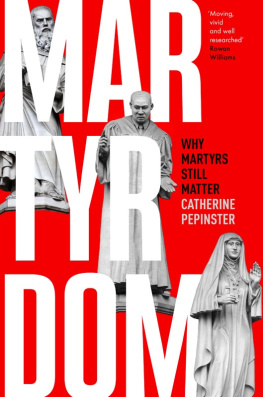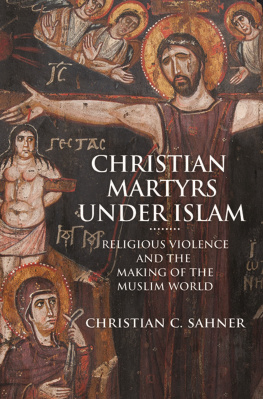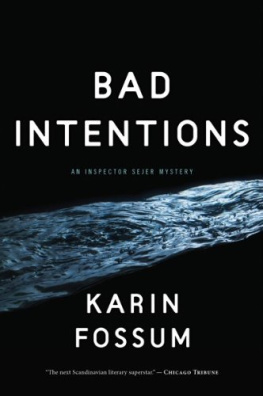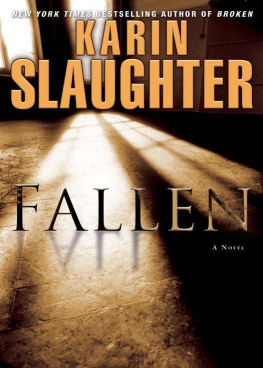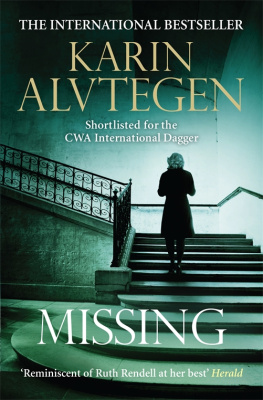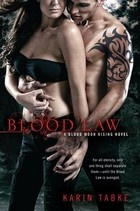
The Making of the New Martyrs of Russia
Following the end of the Soviet Union, the Russian Orthodox Church has canonized a great number of Russian saints. Whereas in the first millennium of Russian Christianity (9881988) the Church recognized merely 300 Russian saints, the number had grown to more than 2,000 by 2006. This book explores the remarkable phenomenon of new Russian martyrdom. It outlines the process of canonization, examines how saints are venerated, and relates all this to the ways in which the Russian state and its people have chosen to remember the Soviet Union and commemorate the victims of its purges. The book includes in-depth case studies of particular saints and examines the diverse ways in which they are venerated.
Karin Hyldal Christensen holds a PhD in Russian Studies from the University of Copenhagen, Denmark. She has lived in Russia for many years and currently writes and lectures on Russian Orthodoxy and history.
Routledge Religion, Society and Government in Eastern Europe and the Former Soviet States
Series Editor
Lucian Leustean
Reader in Politics and International Relations at Aston University, Birmingham, United Kingdom
This Series seeks to publish high quality monographs and edited volumes on religion, society and government in Eastern Europe and the former Soviet States by focusing primarily on three main themes: the history of churches and religions (including, but not exclusively, Christianity, Islam, Judaism and Buddhism) in relation to governing structures, social groupings and political power; the impact of intellectual ideas on religious structures and values; and the role of religions and faith-based communities in fostering national identities from the nineteenth century until today.
The Series aims to advance the latest research on these themes by exploring the multi-facets of religious mobilisation at local, national and supranational levels. It particularly welcomes studies which offer an interdisciplinary approach by drawing on the fields of history, politics, international relations, religious studies, theology, law, sociology and anthropology.
1 The Russian Orthodox Church and Human Rights
Kristina Stoeckl
2 The Russian Orthodox Church, 19171948
From Decline to Resurrection
Daniela Kalandjieva
3 Monasticism in Eastern Europe and the Former Soviet Republics
Edited by Ines A. Murzaku
4 The Catholic Church and Soviet Russia, 191739
Dennis J. Dunn
5 The Making of the New Martyrs of Russia
Soviet Repression in Orthodox Memory
Karin Hyldal Christensen
The Making of the New Martyrs of Russia
Soviet Repression in Orthodox Memory
Karin Hyldal Christensen
First published 2018
by Routledge
2 Park Square, Milton Park, Abingdon, Oxon OX14 4RN
and by Routledge
711 Third Avenue, New York, NY 10017
Routledge is an imprint of the Taylor & Francis Group, an informa business
2018 Karin Hyldal Christensen
The right of Karin Hyldal Christensen to be identified as author of this work has been asserted by her in accordance with sections 77 and 78 of the Copyright, Designs and Patents Act 1988.
All rights reserved. No part of this book may be reprinted or reproduced or utilized in any form or by any electronic, mechanical, or other means, now known or hereafter invented, including photocopying and recording, or in any information storage or retrieval system, without permission in writing from the publishers.
Trademark notice: Product or corporate names may be trademarks or registered trademarks, and are used only for identification and explanation without intent to infringe.
British Library Cataloguing in Publication Data
A catalogue record for this book is available from the British Library
Library of Congress Cataloging in Publication Data
Names: Christensen, Karin, author.
Title: The making of the new martyrs of Russia Soviet repression in Orthodox memory / Karin Hyldal Christensen.
Description: New York : Routledge, 2017. | Series: Routledge religion, society, and government in Eastern Europe and the Former Soviet States ; 5 | Includes bibliographical references and index.
Identifiers: LCCN 2017024932| ISBN 9780415786966 (hardback) ISBN 9781315226514 (ebook)
Subjects: LCSH: Christian martyrsSoviet Union. | Canonization. Collective memory. | Soviet UnionHistoriography.
Classification: LCC BX595 .C465 2017 | DDC 272/.90947dc23
LC record available at https://lccn.loc.gov/2017024932
ISBN: 978-0-415-78696-6 (hbk)
ISBN: 978-1-315-22651-4 (ebk)
Typeset in Times New Roman
by Wearset Ltd, Boldon, Tyne and Wear
Contents
PART I
Canonization
PART II
Iconization
PART III
Veneration
This book is addressed to readers who understand Russian as well as readers who do not. I have translated all quotes from Russian to English, while the references allow readers to check the quotes in the original language.
I have transliterated all Russian titles and words using the Permanent Committee on Geographical Names for British Official Use transliteration system, also known as the British Standard. If an author transliterates his or her name otherwise, I use their own transliterations, as in Alexander Etkind and Leonid Ouspensky, for example. I use the conventional Anglophone spellings of widely used names such as Nicholas II and Joseph Stalin.
The idea behind this book emerged more than ten years ago towards the end of 2003 in a Moscow caf, where I met my friend Anna Gusinskaya and her friend, Orthodox film director Viktoria Fomina. I had just finished writing a Masters thesis on Tradition and Reform in the Russian Orthodox Church, and I wanted to write more about Russian Orthodox Christianity. It was Viktoria who first raised the idea: Why dont you write about the New Martyrs? she suggested. Its so fascinating! I had never heard about the New Martyrs before, although I had lived in Moscow and had been attending churches in the city for several years by then.
Back in my native country of Denmark, I embarked on a career that was a long way from the academic world, but the idea of investigating Russias new martyrs grew and developed over the years. Thanks to the Faculty of Humanities at the University of Copenhagen, I received a scholarship for a PhD thesis on the Making of the New Martyrs of Russia, which I have now edited and adapted into this book. I am grateful to the Faculty of Humanities and the Department of Cross-Cultural and Regional Studies at Copenhagen University for believing in my project and for giving me the opportunity to write the book. Above all, I am grateful to my supervisor, Associate Professor Hans Bach Bagger (19422016). His profound knowledge of Russian history and culture and his kindness and wit helped guide me safely through the processes of conceptualizing, researching and writing this book. I never got the chance to tell him that the thesis would eventually be published, and I dedicate this book to his memory.
I would particularly like to thank my co-supervisor Catharina Raudvere at the University of Copenhagen as well as Professors Per-Arne Bodin and Jeanne Kormina at University of Stockholm and Saint Petersburg Higher School of Economics whose excellent advice and academic flair helped keep me on the right track. I am also obliged to Morten Warming, Natasha Okhotina Lind, Charles Lock, Annika Hvithamar, Andreas Bandak, Tine Roesen and Tea Sindbk from the University of Copenhagen, as well as my friends Camilla Hillestrm and Michel Englert, my father Sren Kolstrup and my husband Jan Hyldal Christensen, for taking the time to read the manuscript and discuss it with me, thereby helping it to develop.




